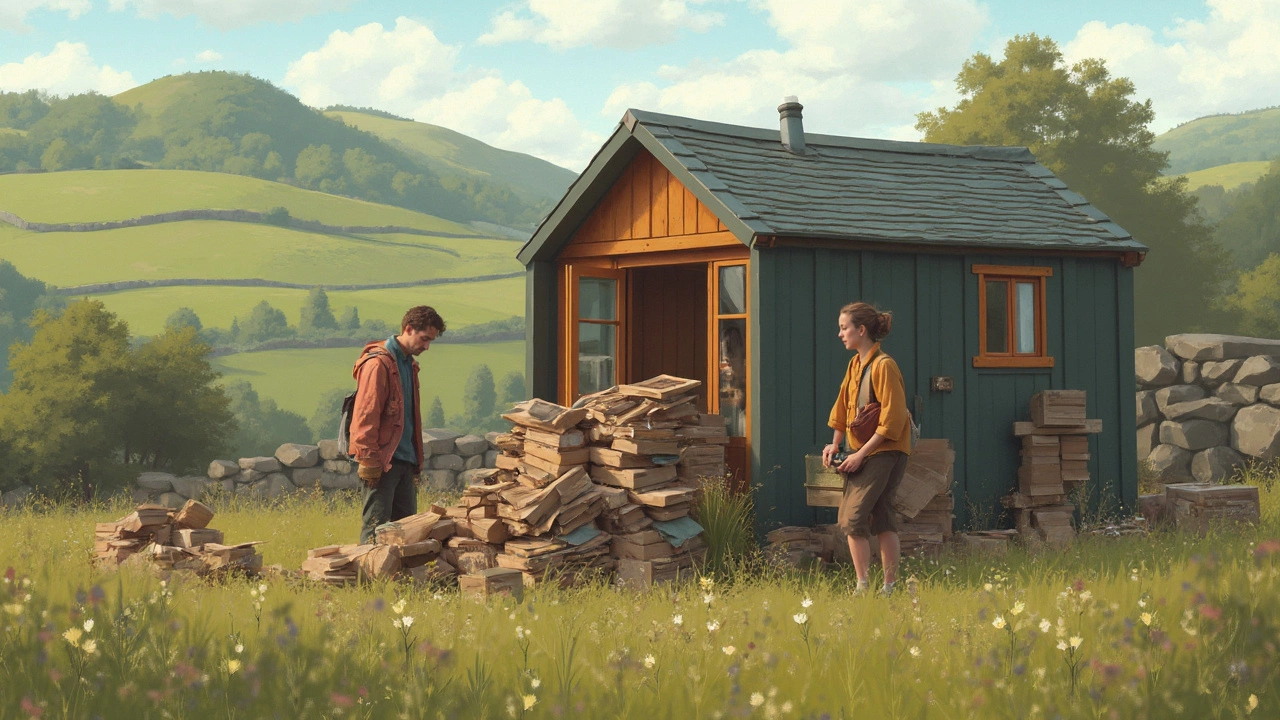Tiny House Drawbacks: Real Talk Before You Downsize
Everyone loves the idea of a cute, cheap, eco‑friendly tiny house. But before you sign that tiny‑home lease, it helps to know what could bite you later. Below we walk through the biggest annoyances so you can decide if the tiny life really fits your routine.
Space Limits and Everyday Hassles
Living in a space the size of a large bedroom means every square foot matters. You’ll quickly learn to fold, stack, and store things you never thought about before. Clothes go in one‑drawer wardrobes, kitchen gadgets share a single shelf, and guests often have to sleep on the floor or bring a sleeping bag. Those compromises feel fine at first, but they add up when you need a place for a hobby, a home office, or a growing family.
Ventilation and lighting can also be tricky. Small rooms trap heat in summer and get chilly in winter, so you’ll need portable heaters or fans that take up valuable space. Natural light is limited by small windows, which can make the interior feel cramped. Adding extra skylights or larger windows often defeats the energy‑saving purpose of a tiny build.
Cost, Maintenance, and Long‑Term Practicality
Many assume a tiny house is cheap, but the price tag can surprise you. High‑quality tiny‑home materials, custom furniture, and off‑grid systems (solar panels, composting toilets) add up fast. You might save on rent, but the upfront investment can be similar to a modest one‑bedroom apartment.
Maintenance is another hidden cost. Because everything is compact, a single leak or broken appliance can ruin multiple functions at once. Repairs often require the whole house to be lifted or moved, which means extra fees and logistics. The “tiny house lifespan” article shows that durability depends heavily on material choice and weather exposure – a poorly insulated tiny house in a rainy region will need frequent fixes.
Resale value is also a concern. The tiny‑house market is niche, so finding a buyer can take longer than for a traditional home. If you plan to move again, you might end up paying more in storage or transport fees than you saved on the original purchase.
Finally, think about life changes. A couple without kids might manage a 200‑sq‑ft cabin for a few years, but adding a child or working from home can make the space feel impossible. Adjusting to a growing family usually means upgrading to a larger property, which can be costly and logistically messy.
In short, tiny houses offer freedom and sustainability, but they come with space, cost, and maintenance challenges that many first‑timers overlook. Weigh these drawbacks against your lifestyle goals before you say yes to the tiny dream.
